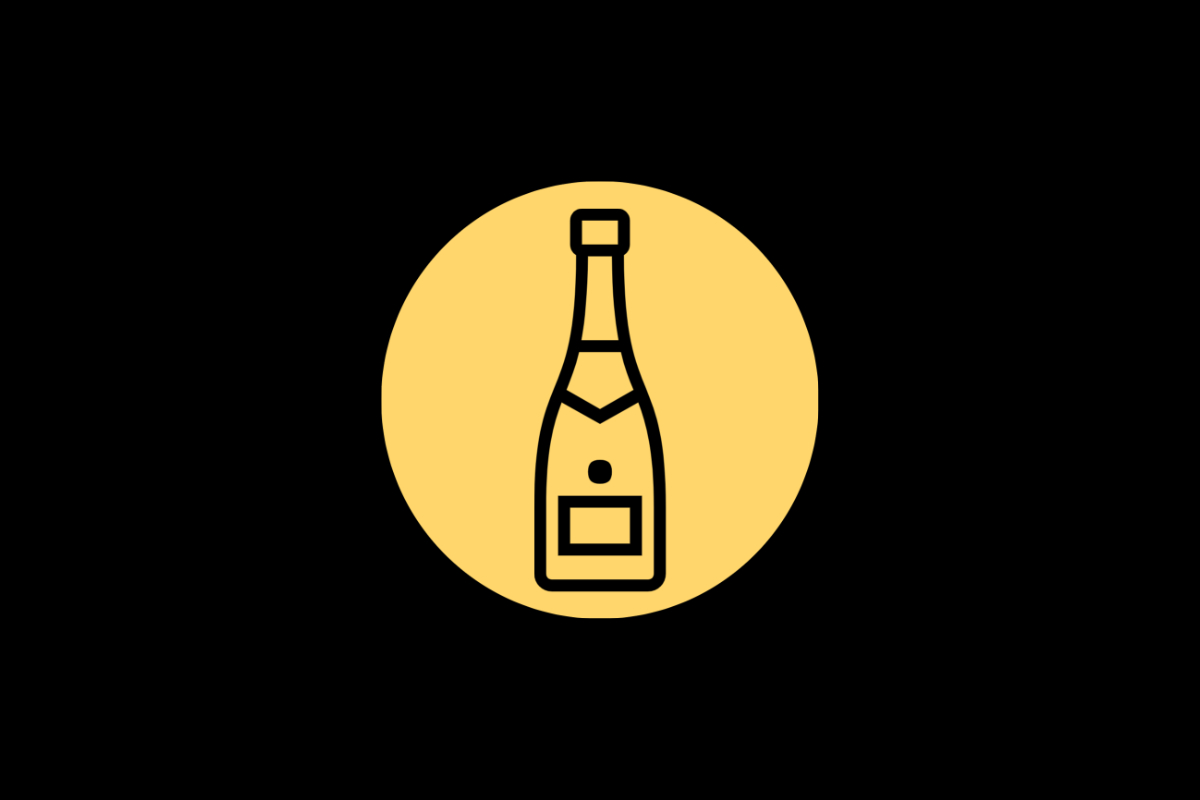Understanding the Symptoms and Treatment of Champagne Yeast Allergy
Champagne is known all over the world for its unique taste and bubbly effervescence. The secret behind this magical drink is Champagne yeast. The yeast is added during the fermentation process and is responsible for producing carbon dioxide and alcohol that gives Champagne its fizz and flavor. While many are enchanted by the wonders of Champagne yeast, others may experience a less pleasant reaction- an allergic reaction.
This article delves into what Champagne yeast allergy is, what the symptoms are, and how it can be treated.
What is Champagne Yeast Allergy?
A yeast allergy is a reaction triggered by the immune system when it perceives the yeast as a threat to the body. This immune response to yeast is mainly caused by antibodies that the body creates to combat the allergens. A yeast allergy is a common type of food allergy that can be experienced by anyone.
Champagne yeast allergy, otherwise known as Saccharomyces Cerevisiae allergy, is an allergic reaction to the Saccharomyces Cerevisiae yeast strain, which is found in many types of beer, wine, bread, and other fermentable foods. Saccharomyces Cerevisiae is a unicellular fungus that is used in the production of many alcoholic beverages such as Champagne.
Champagne yeast allergy is relatively uncommon, and only a few people have been diagnosed with this allergy. However, it is essential to understand its symptoms and implications for those who may experience it.
Symptoms of Champagne Yeast Allergy
The symptoms of Champagne yeast allergy can range from mild to severe, and they usually occur within a few minutes to several hours after consuming a fermented product. The severity of the reaction can depend on the amount of yeast ingested, the frequency of exposure, and the individual’s sensitivity.
Common symptoms of a Champagne yeast allergy may include:
- Hives or rash
- Swelling of the lips, face, tongue or throat
- Itching, burning, or tingling sensations in the mouth
- Nasal congestion, sneezing, or runny nose
- Nausea, stomach cramps or diarrhea
- Shortness of breath or wheezing
- Anaphylaxis (a severe, life-threatening reaction that can cause difficulty breathing, low blood pressure, and unconsciousness).
It is important to seek medical attention if any of the above symptoms occur.
Diagnosis of Champagne Yeast Allergy
Diagnosis of Champagne yeast allergy can be made by an allergist through various tests like skin tests, blood tests or elimination diets. A skin prick or intradermal test is commonly used to test Champagne yeast allergy. During the skin test, a small amount of Champagne yeast extract is applied to the skin surface. If redness, swelling, or itching of the skin develops within 15 minutes, you may have an allergy.
Other tests include blood tests that check for the presence of specific antibodies to yeast or an elimination diet, which involves removing yeast-containing foods from the diet and observing any changes in symptoms.
Treatment and Prevention of Champagne Yeast Allergy
The best way to avoid Champagne yeast allergy is to avoid consuming any products that may contain Saccharomyces Cerevisiae, including beer, wine, bread, and other fermented foods.
Treatment of Champagne yeast allergy can involve avoiding the trigger food, taking antihistamines to reduce symptoms, and carrying an epinephrine auto-injector in case of an emergency. Medications like H1 and H2 blockers can be prescribed to prevent histamine production in the body, which can aggravate symptoms. If you experience severe reactions, consult with an allergist who can recommend the appropriate treatment or refer you to a specialist.
It is essential to note that Champagne yeast allergy can be life-threatening, and prevention is the best way to deal with it. People with a history of anaphylaxis or those with severe allergies should always carry an epinephrine auto-injector where possible and avoid triggering allergens at all costs.
Conclusion
Champagne yeast is a crucial ingredient in the production of Champagne, but it can also be a source of allergic reactions for some people. The symptoms of Champagne yeast allergy can range from mild to severe, but with the right diagnosis, treatment, and precautionary measures, its impact can be minimized.
If you experience any of the symptoms of Champagne yeast allergy, it is important to consult with a medical professional as soon as possible. Remember, prevention is the best approach when dealing with allergic reactions to yeast-containing products.
